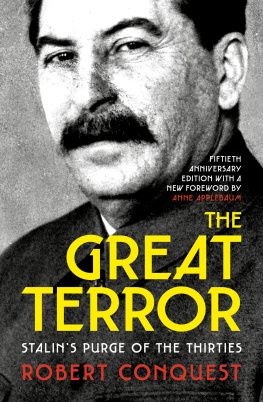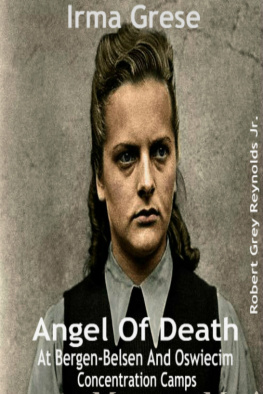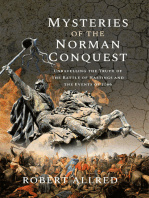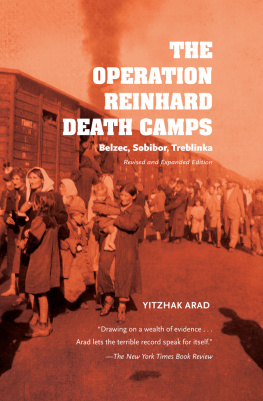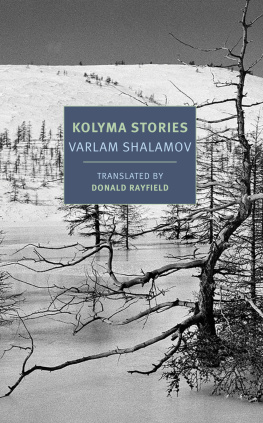Robert Conquest - Kolyma: The Arctic Death Camps
Here you can read online Robert Conquest - Kolyma: The Arctic Death Camps full text of the book (entire story) in english for free. Download pdf and epub, get meaning, cover and reviews about this ebook. year: 1979, publisher: Oxford University Press, genre: Religion. Description of the work, (preface) as well as reviews are available. Best literature library LitArk.com created for fans of good reading and offers a wide selection of genres:
Romance novel
Science fiction
Adventure
Detective
Science
History
Home and family
Prose
Art
Politics
Computer
Non-fiction
Religion
Business
Children
Humor
Choose a favorite category and find really read worthwhile books. Enjoy immersion in the world of imagination, feel the emotions of the characters or learn something new for yourself, make an fascinating discovery.

- Book:Kolyma: The Arctic Death Camps
- Author:
- Publisher:Oxford University Press
- Genre:
- Year:1979
- Rating:3 / 5
- Favourites:Add to favourites
- Your mark:
- 60
- 1
- 2
- 3
- 4
- 5
Kolyma: The Arctic Death Camps: summary, description and annotation
We offer to read an annotation, description, summary or preface (depends on what the author of the book "Kolyma: The Arctic Death Camps" wrote himself). If you haven't found the necessary information about the book — write in the comments, we will try to find it.
Kolyma: The Arctic Death Camps — read online for free the complete book (whole text) full work
Below is the text of the book, divided by pages. System saving the place of the last page read, allows you to conveniently read the book "Kolyma: The Arctic Death Camps" online for free, without having to search again every time where you left off. Put a bookmark, and you can go to the page where you finished reading at any time.
Font size:
Interval:
Bookmark:
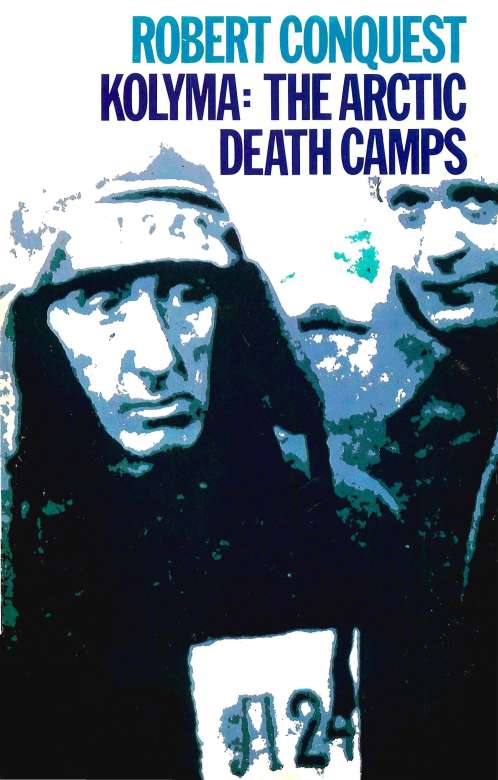
KOLYMA
KOLYMA
The Arctic Death Camps ROBERT CONQUEST
OXFORD UNIVERSITY PRESS
Oxford New York Toronto Melbourne
For KINGSLEY and JANE AMIS
ACKNOWLEDGEMENTS
Acknowledgements are due to the sources quoted in the text, mainly ex-prisoners, and in particular to Vladimir Petrov, Elinor Lipper, Michael Solomon and the late Varlam Shalamov; and also to Lloyd's of London who helped me with their records; to Anna Bourguina of the Hoover Institution, Stanford; and to Marie Collett, for her invaluable assistance in preparing the material.
Maps
USSR showing the Kolyma Region
and sea routes 8-9
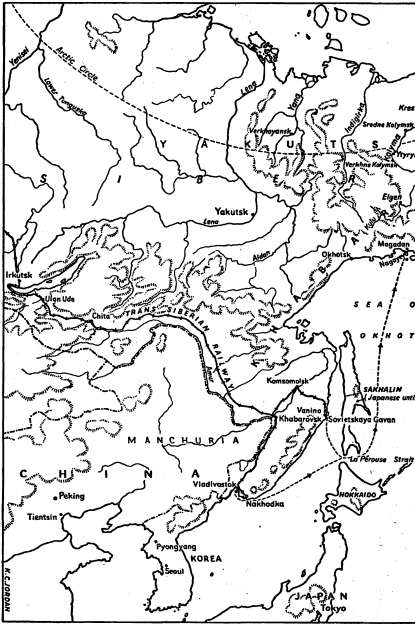
USSR showing the Kolyma Region and sea routes


Kolyma Region

INTRODUCTION
The present work is a documentation from a number of sources, both Soviet and Western, in which I seek to establish beyond cavil the history and the conditions of the huge labour camp complex of Kolyma.*
Kolyma constitutes, it is true, only one section of the 'Archipelago' (as Solzhenitsyn has so aptly named it) of the NKVD's penal empire, scattered throughout the vast territories of the Soviet North and East. But, just as Auschwitz has come to stand for the Nazi extermination camps as a whole, so Kolyma remains fixed in the imagination of the Soviet peoples as the great archetype of the sinister system under which Stalin ended, by hunger, cold and exhaustion, the lives of so many of his subjects. (It was natural, during a celebrated debate among Soviet historians in the early sixties, that when Dr A. V. Snegov was denouncing the Stalin heritage and was pressed by the Stalinist historian Deborin to say did he belong to the Soviet or the anti-Soviet camp, he should have retorted, 'I belong to the Kolyma Camp.')
The sinister reputation of the Kolyma camps is, of course, primarily due to the fact that, of the mass-imprisonment areas at least, it was the deadliest. There seem, indeed, to have been camps on the Arctic islands of Novaya Zemlya from which no one returned at all: but of these practically
*The accent falls on the last syllable.
KOLYMA
nothing is known, and they were certainly on a smaller scale. In Kolyma, millions died: and it is possible, owing to the special circumstances of the area, to obtain reasonable estimates of the numbers. The point here is that Kolyma was supplied by sea; and we have some knowledge of the number of ships in service, their capacity, and the number of trips they made a year.
This isolation from the 'mainland', as the prisoners always referred to it, coupled with the fact that the area is in the furthest corner of the enormous Soviet territory, contributed greatly to the prisoners' feeling of having been removed irrevocably from the normal worldan effect especially powerful for inhabitants of the great land mass. It also produced characteristics hardly to be found in the rest of the Archipelago (for example that precautions against escape were less thorough, since escape in any real sense was virtually impossible).
It thus seems not only comparatively simple to treat this separate area in isolation, but also peculiarly appropriate to do so: particularly as Solzhenitsyn himself, though he gives us a few illuminating pages on the area, says in The Gulag Archipelago, ( I have almost excluded Kolyma from the compass of this book.'
As he notes, there are several accounts of Kolyma by Soviet writersas well as others, which he did not know of at the time, by former inmates in the West. What I have done, in effect, is to bring these accounts together on a reasonably systematic basis, to give as full and irrefutable a picture as possible of this dreadful monument to inhumanity.
I have relied basically on seventeen main first-hand accountssixteen from ex-prisoners, and one from a free employee. In addition, I have used a few major reports and analyses published in the West or in the Soviet press, together with some hitherto unpublished information.
*4
INTRODUCTION
Of the major first-hand accounts, twelve were provided by witnesses who had reached the West, and five by witnesses remaining in the Soviet Union. Of the latter, two were actually published in Moscow, and the two others, though originally intended for Soviet publication, were finally refused this and were later published in the West; but none of the writers were prosecuted for their revelations.
Ten of these testimonies are from present or former Soviet citizens; four from Poles; one from a Romanian, one from a Swiss, and one from a German. Thirteen are from men and four from womentwo of the latter among the most valuable.
And, in addition to these, I have relied to a lesser extent on half a dozen unpublished witnesses, former victims, whose testimony is summarised by Roy Medvedev in Let History Judge, by Dallin and Nicolaevsky in Forced Labour in Soviet Russia, by Solzhenitsyn in The Gulag Archipelago, and elsewhere; as well as by the evidence, based on the affidavits of 63 Polish prisoners, summarised in Silvester Mora's booklet Kolyma.
The experience of these men and women extends from the earliest beginnings of Kolyma, in 1932 to 1933, to the rehabilitations which started to take place in 1954. And' their broad range of background and experience seems more than adequate to provide a clear, full and irrefutable picture of Kolyma.
It has often been pointed out that while Auschwitz and Maidanek are known the world over, the Soviet equivalents are not. Since the publication of The Gulag Archipelago, the existence and nature of the Soviet camp system in general has penetrated the world's consciousness. But, except in the Soviet Union itself, this has been as a system and far less as a local habitation and a name. For Russians-and it is surely right that this should become true for the world as a wholeKolyma is a word of horror
KOLYMA
wholly comparable to Auschwitz. And the first and easiest point to remember is that it did indeed kill some three million people, a figure well in the range of that of the victims of the Final Solution.
It is not my purpose to argue whether Stalin's mass murders were worse than Hitler's or vice versa. Both were on a horrible scale and both were conducted with such inhumanity that such comparisons seem otiose. We may, indeed, note certain differences. Hitler's atrocities were carried out against those he had himself declared to be his enemies. Stalin's were a random operation against his own subjects and supporters. Stalin, simply because he had a longer period to operate in and a larger pool of potential victims, killed a good many more than Hitler did. A final difference is, of course* that Stalin found defenders among sensitive-minded liberals in the West and Hitler did not. Moreover Stalin's terror was one of the foundation stones of a system which, far from being part of history, flourishes to this day. The resources of Kolyma, so long developed at the expense of prisoners' lives, are now largely exploited by free labour backed by adequate machinery. But its name remains in the Russian mind as epitomising more than any other the horrors of the Stalin era. Nor has the change been complete. There are still labour camps in Kolyma, as elsewhere in Russia: in 1971 Andrei Amalrik was sent to serve out a sentence in a strict-regime camp in the area, fpr the crime of spreading 'falsehoods against the Soviet state and the system'. These were, of course, nothing of the kind, but merely expressions of opinions or statements of fact unwelcome to the KGB. For the Secret Police still exists and still administerseven if on a smaller scalethe Gulag Archipelago of which Kolyma, beyond the icy waters of the Okhotsk Sea, was the most dreadful and distant island.
Font size:
Interval:
Bookmark:
Similar books «Kolyma: The Arctic Death Camps»
Look at similar books to Kolyma: The Arctic Death Camps. We have selected literature similar in name and meaning in the hope of providing readers with more options to find new, interesting, not yet read works.
Discussion, reviews of the book Kolyma: The Arctic Death Camps and just readers' own opinions. Leave your comments, write what you think about the work, its meaning or the main characters. Specify what exactly you liked and what you didn't like, and why you think so.

